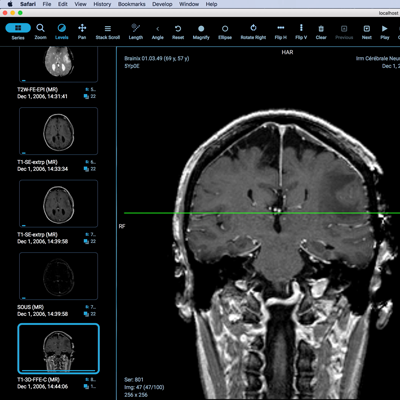

Lastly, anatomical phantoms can be designed to mimic tissue when imaged with the modality of interest most commonly ultrasound, Computed Tomography (CT), or Magnetic Resonance Imaging (MRI).

In addition, the phantoms can be used for pre-operative surgical planning, which has been shown to be beneficial in craniofacial surgery and is being explored in a number of other surgical fields. For example, improvement of central venous catheter insertions has been achieved by the use of anatomically and ultrasonically accurate teaching phantoms.

Simulation-based training with anatomical models reduces the risks of surgical interventions, which are directly linked to patient experience and healthcare costs. In the clinic, the physical interaction with models facilitates learning anatomy and how different structures interact spatially in the body. Anatomical models have applications in clinical training and surgical planning as well as in medical imaging research.


 0 kommentar(er)
0 kommentar(er)
